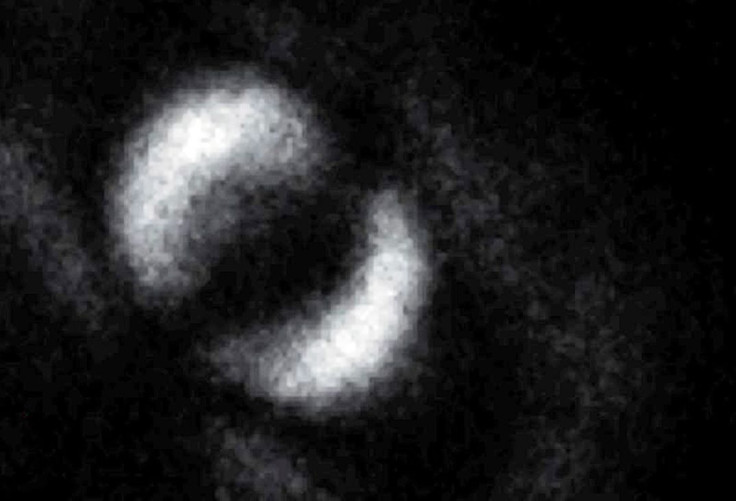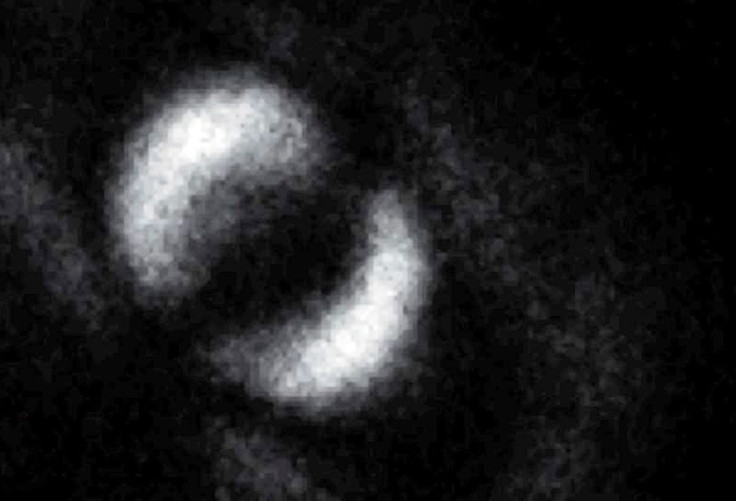Scientists Reveal First Photo Ever Of Quantum Entanglement

Quantum entanglement is one of those seemingly impossible phenomenon often associated with quantum physics that completely defies logic.
It refers to the capability of a quantum object to be altered, mobilized or otherwise affected by another object without the aid of physical or mechanical contact. These entangled objects can be a universe apart yet a change in the state of one entangled object will immediately cause a change in the other.
The speed at which this incredible interaction occurs defies the speed of light but scientists concur that quantum entanglement doesn’t enable the transmission of classical information faster than the speed of light. Not for nothing did the great Albert Einstein describe quantum entanglesment as “spooky action at a distance.”
Quantum entanglement, however, is a key part of quantum mechanics. It forms the basis for new fields such as quantum computing and cryptography. So, it behooves scientists to get a handle on it.
The latest understanding about quantum entanglement has to be seen to be understood. Scientists have finally taken the very first photos of quantum entanglement and the photos look as spooky as quantum entanglement itself.
On July 13, scientists from the University of Glasgow in Scotland reported taking the first ever photo of a strong form of quantum entanglement known as Bell entanglement.
The SETI Institute tweeted that “Scientists have captured the first ever image of a phenomenon Albert Einstein described as "spooky action at a distance". Photo shows a strong form of quantum entanglement, where two particles interact and share physical states for an instant.”
The University of Glasgow researchers set-up an experiment where a stream of entangled photons (or light particles) was fired at "non-conventional objects" atop liquid-crystal materials. This action changed the phase of the photons as they passed through.
Using a super-sensitive camera, researchers were able to capture the entanglement in action -- the first such photographic evidence of this long-studied but always puzzling scientific enigma.

"The image we've managed to capture is an elegant demonstration of a fundamental property of nature, seen for the very first time in the form of an image," said Dr Paul-Antoine Moreau, lead author of the research paper.
"It's an exciting result which could be used to advance the emerging field of quantum computing and lead to new types of imaging."
This achievement will impact worlds of 5G and beyond. It might eventually mean totally unbreakable encryption and new ways of imaging previously undreamed.



























